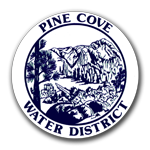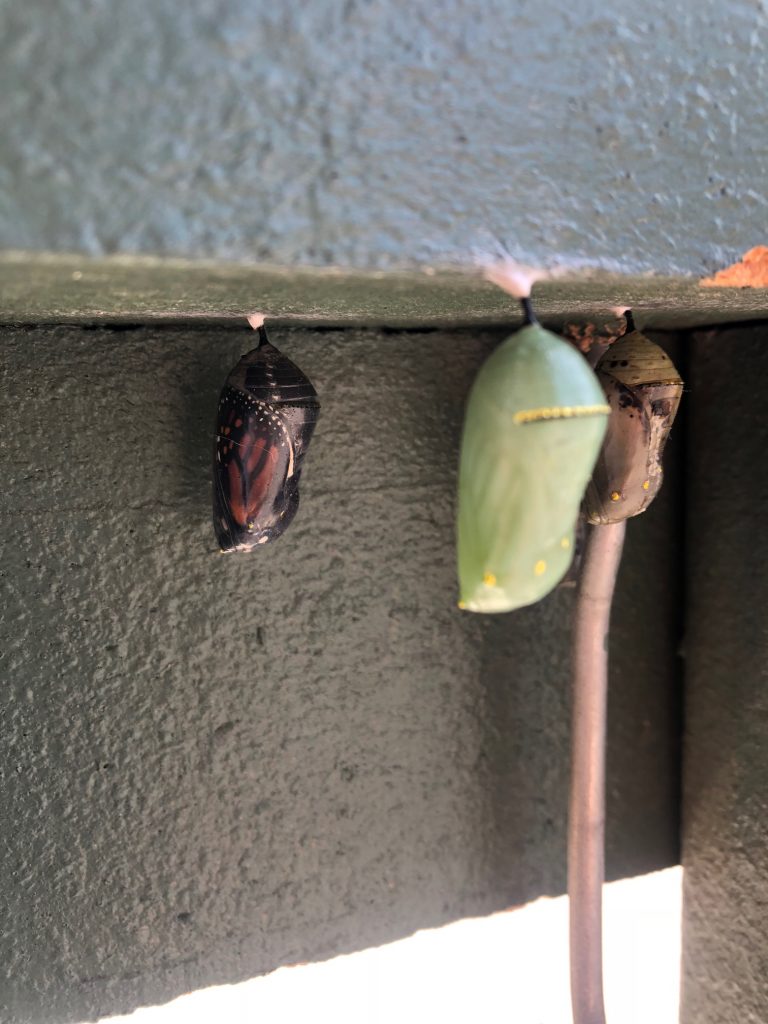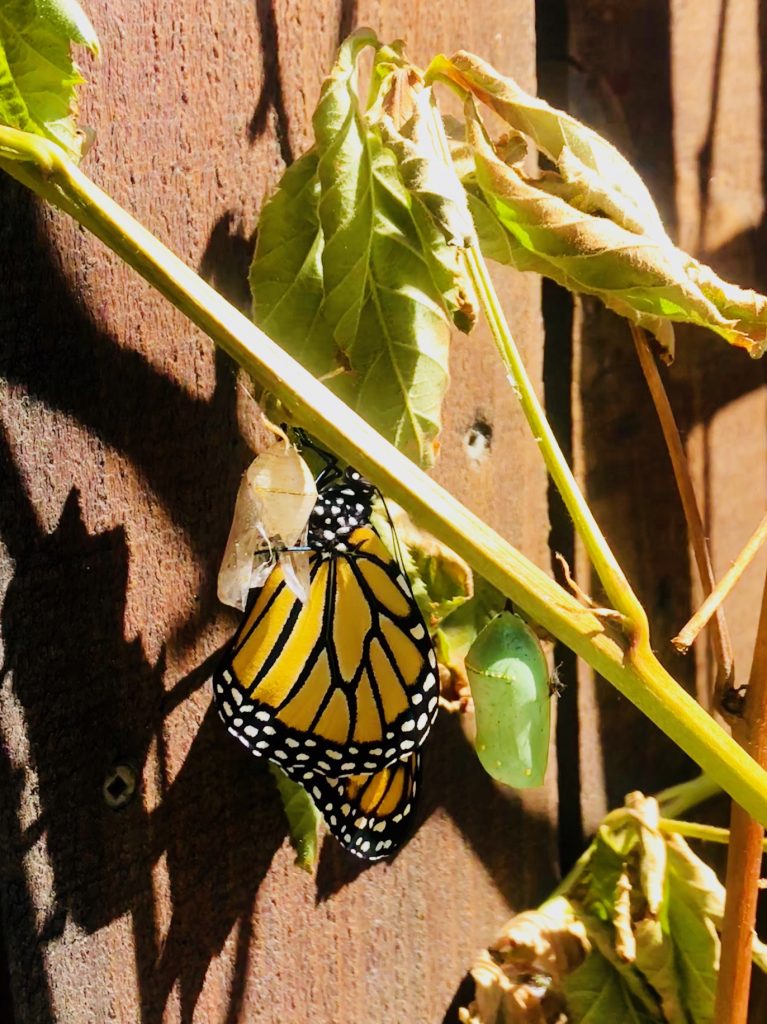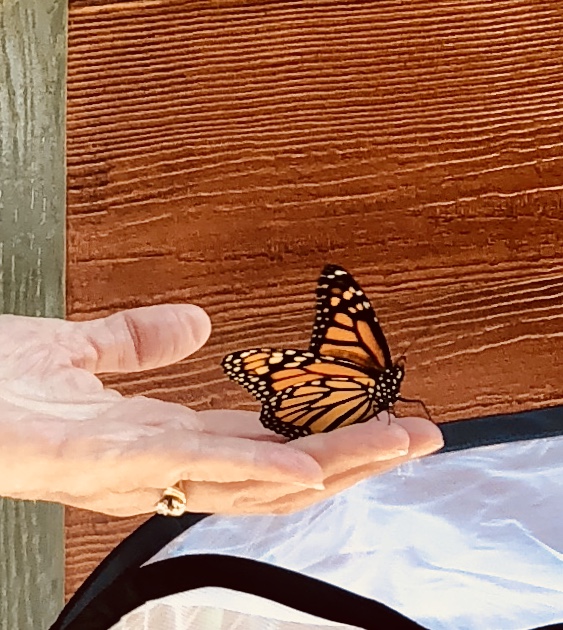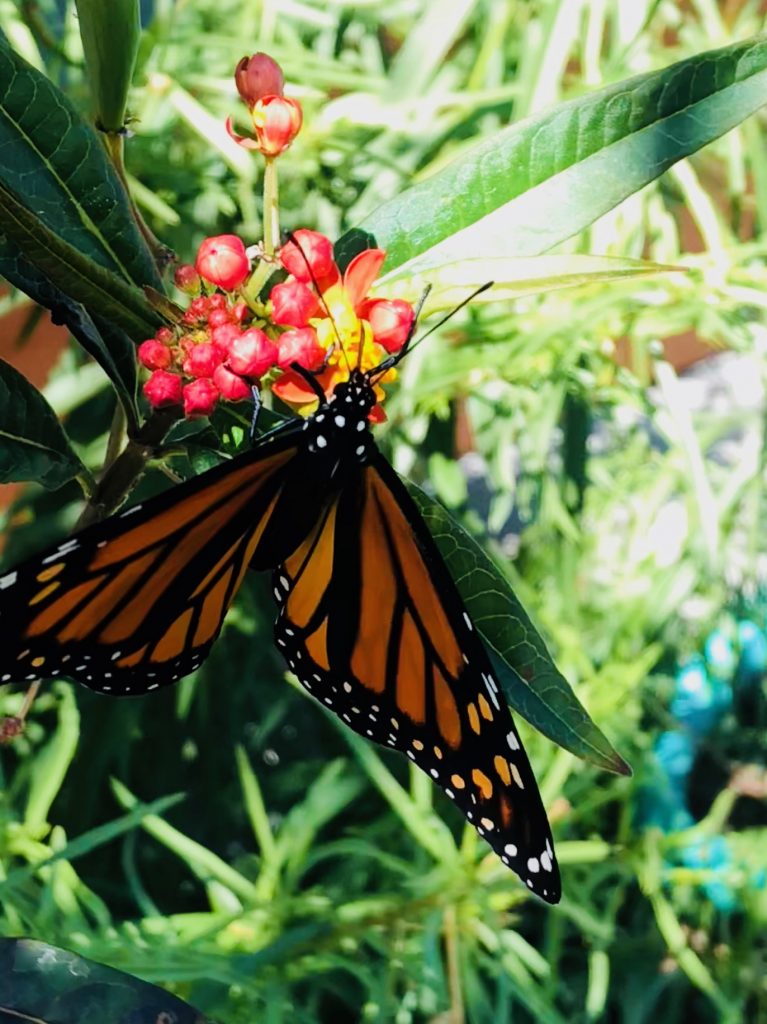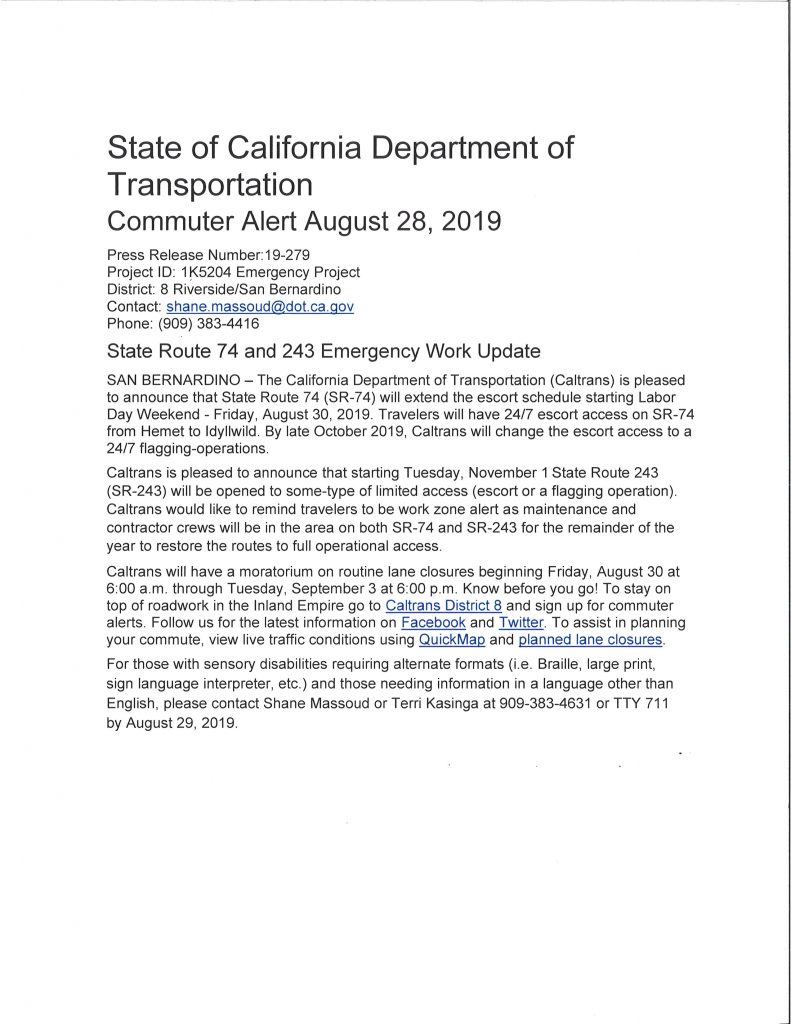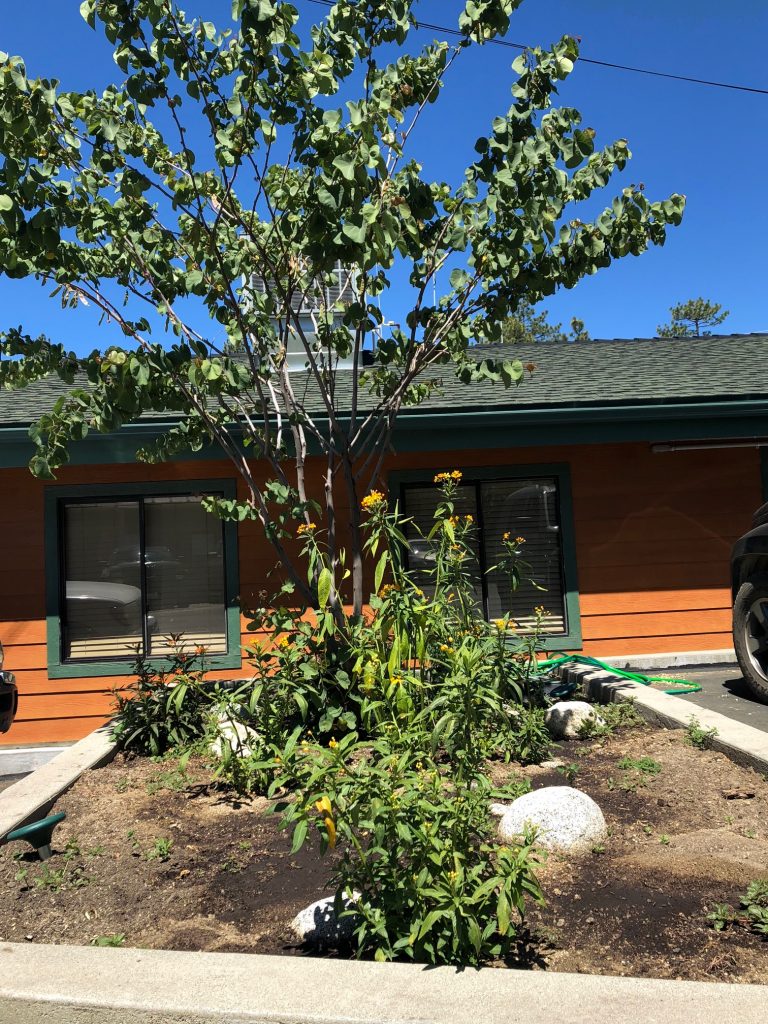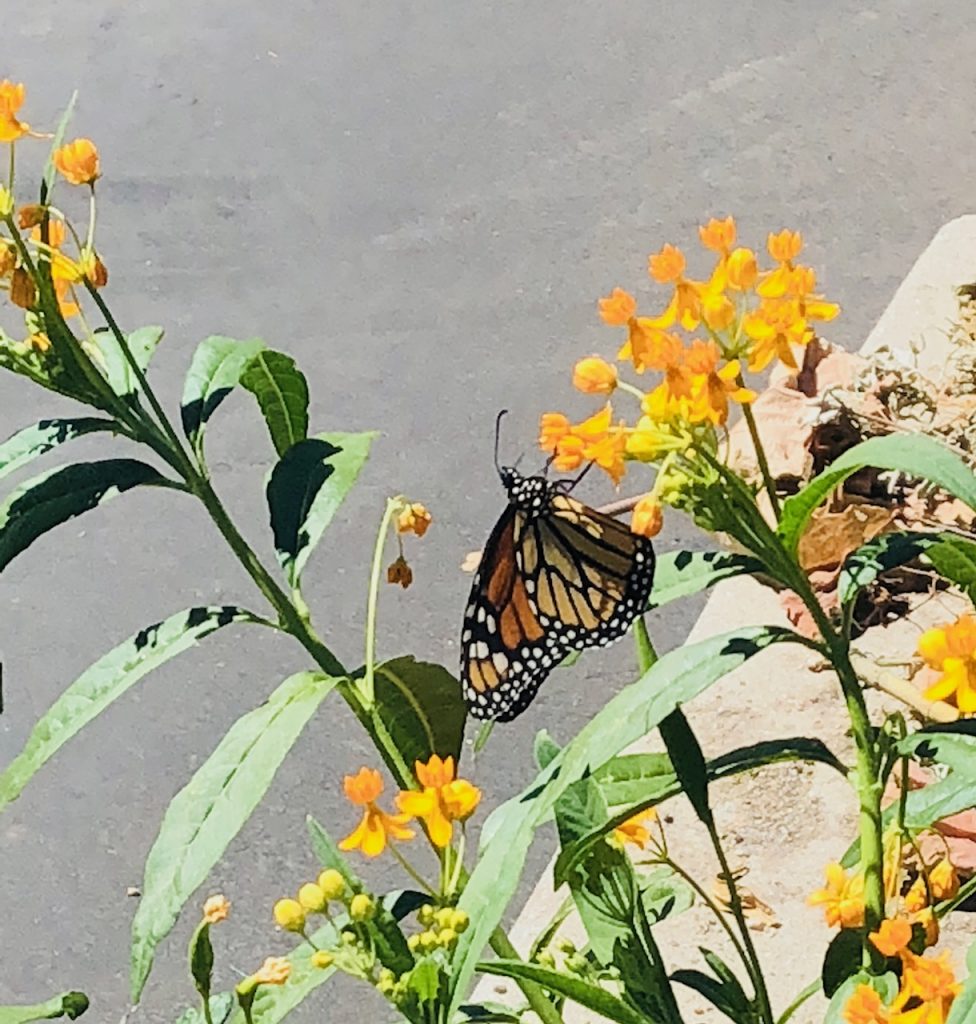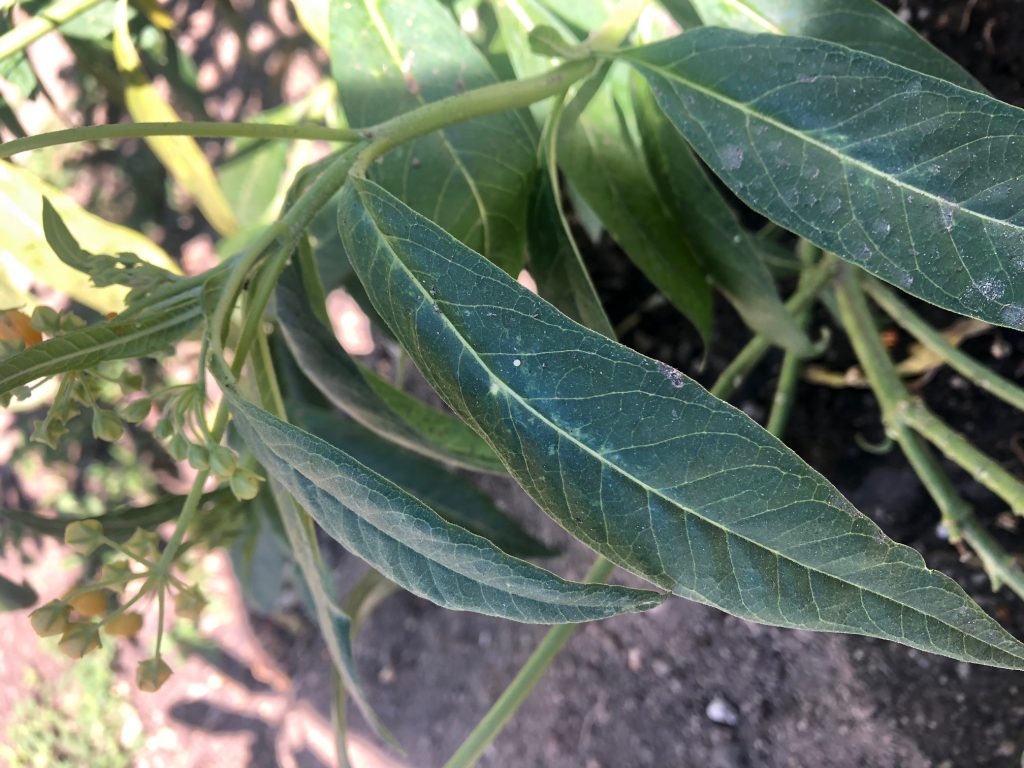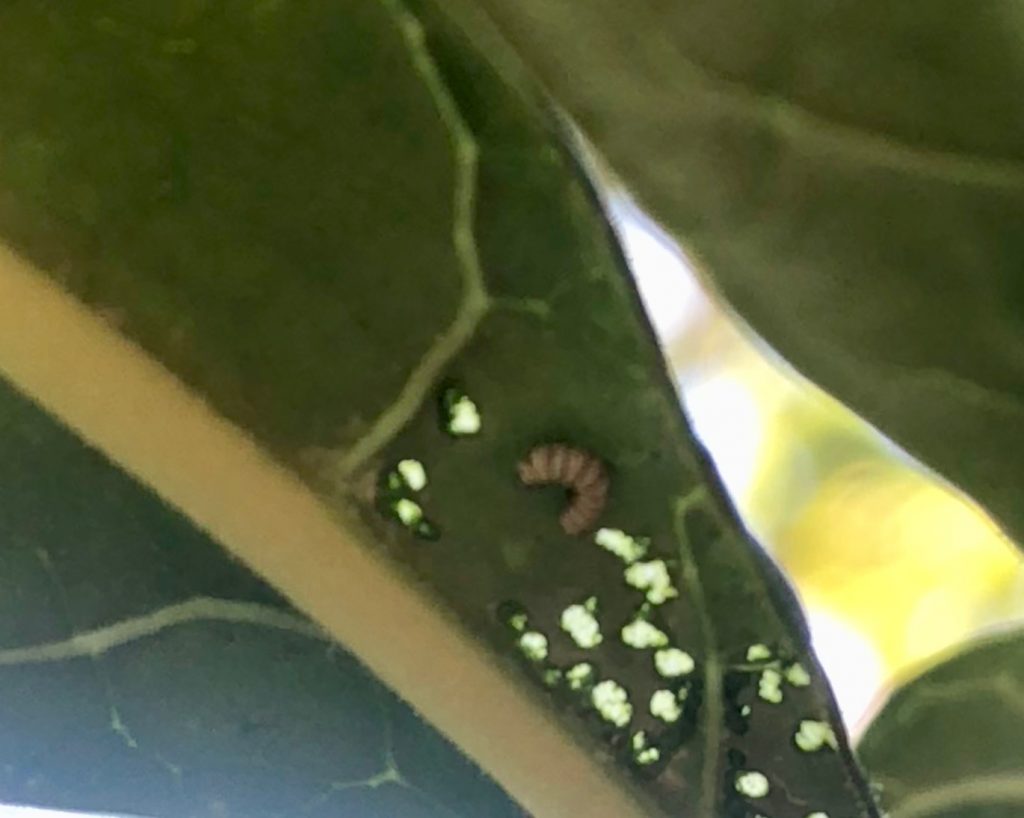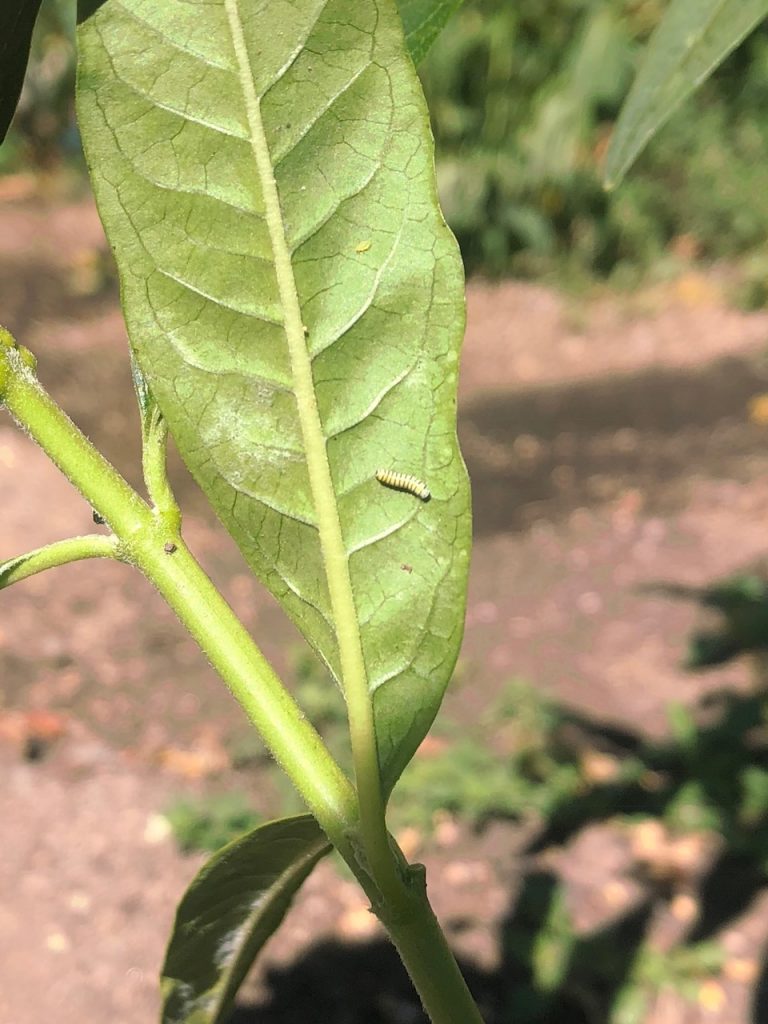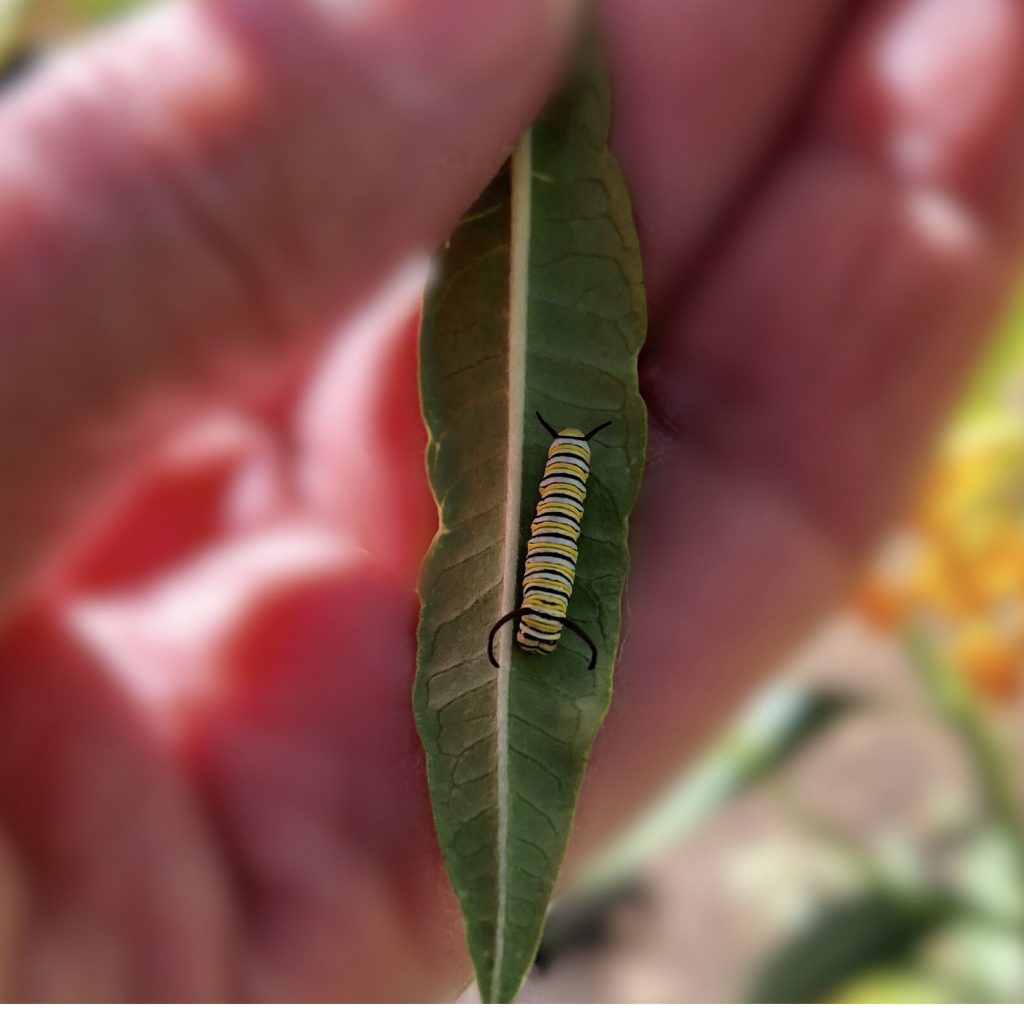Riverside County Emergency Reverse 911
With Fires blazing all over Southern California PCWD wants to make sure our residents are best prepared if a disaster were to strike close to home again. Getting informed of an emergency is the first step. When you have an emergency, 911 is the number to call but did you know that Riverside County offers an emergency telephone alerting system? When disasters occur that are unknown to you, REVERSE 911 calls you. The system called REVERSE 911 and works through our telephones. It uses computer technology to quickly contact many residents and businesses in a specific area to communicate information. Early Warning Notification System (EWNS) allows public safety first responders to rapidly alert and warn the general public in the event of emergencies.
The EWNS is one of a group of alert warning tools used in Riverside County. Any Business or residence in Riverside county that has traditional land line phone service (listed or unlisted) is already a part of the EWNS. Cell phones or VoIP numbers have to be registered to receive these emergency alerts. Just visit Riverside County’s secure website homepage: www.countyofriverside.us and add the number you would like to be notified by.
The EWNS can make up to 250,000 calls per hour to reach the public of Riverside County. Registered phone numbers will be notified in the event of a small, medium or large emergency. It is important for us to get the notification as soon as possible in the event of a wildfire, flood, severe weather, hazardous material warning, law enforcement incidents, etc. Having an early warning can help keep you and your loved ones safe and informed about potential dangers in our community.
Don’t forget the important parts of evacuation- The P’s of Evacuation
- People
- Pets
- Personal computer
- Prescriptions
- Papers
- Photos
- Phone (& charger)
- personal needs
- priceless items
